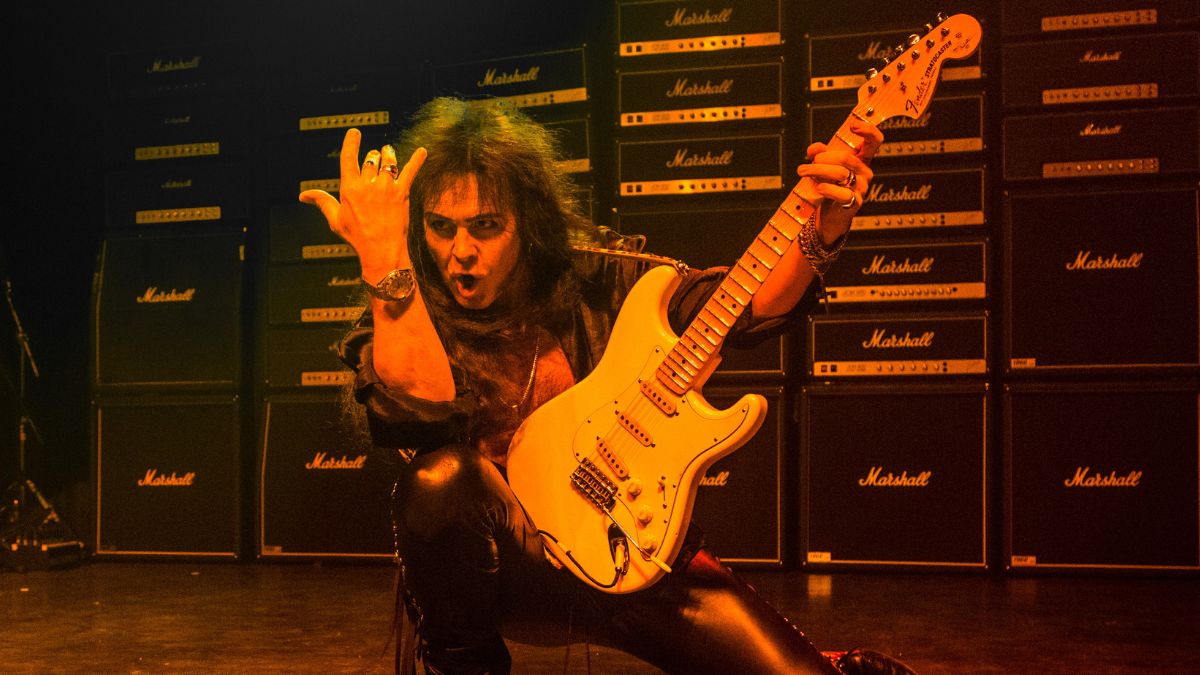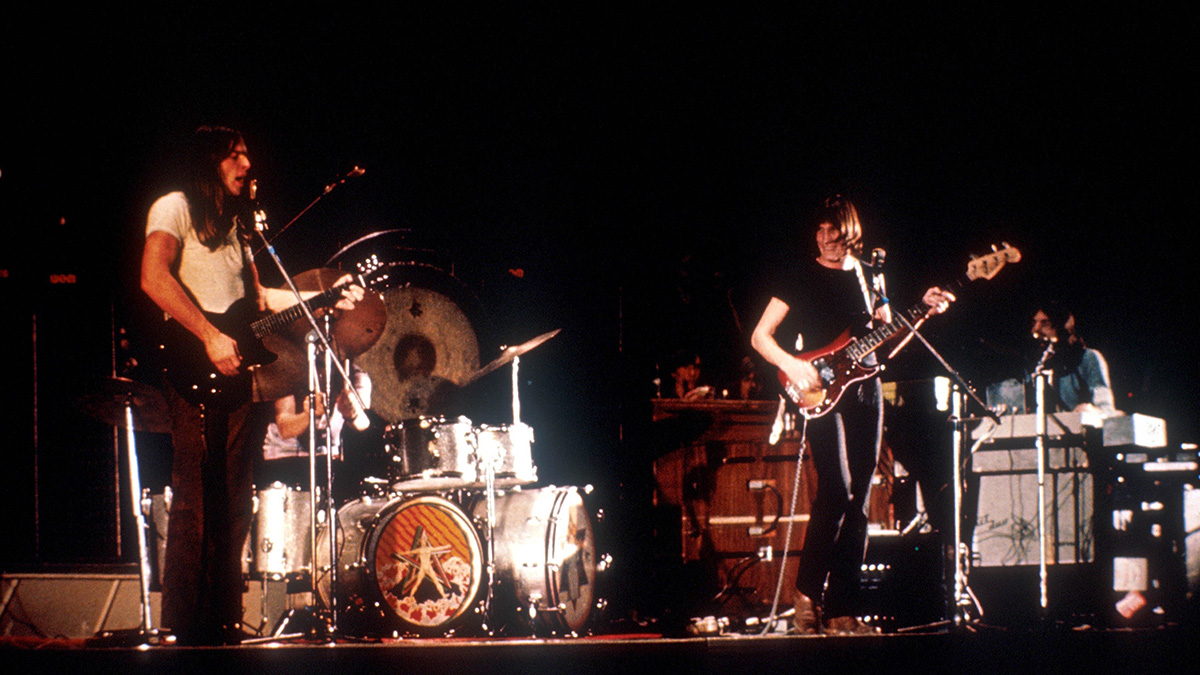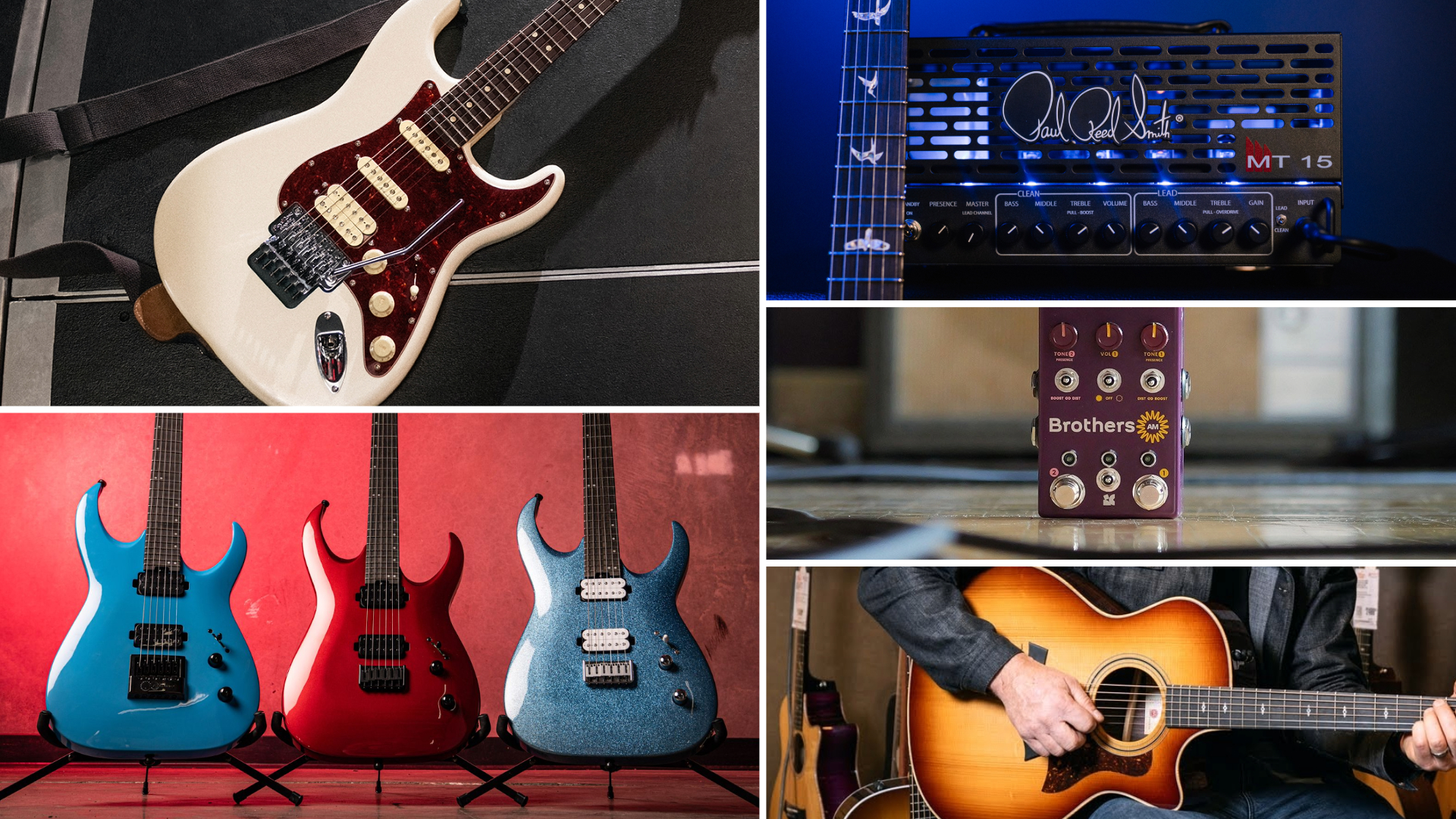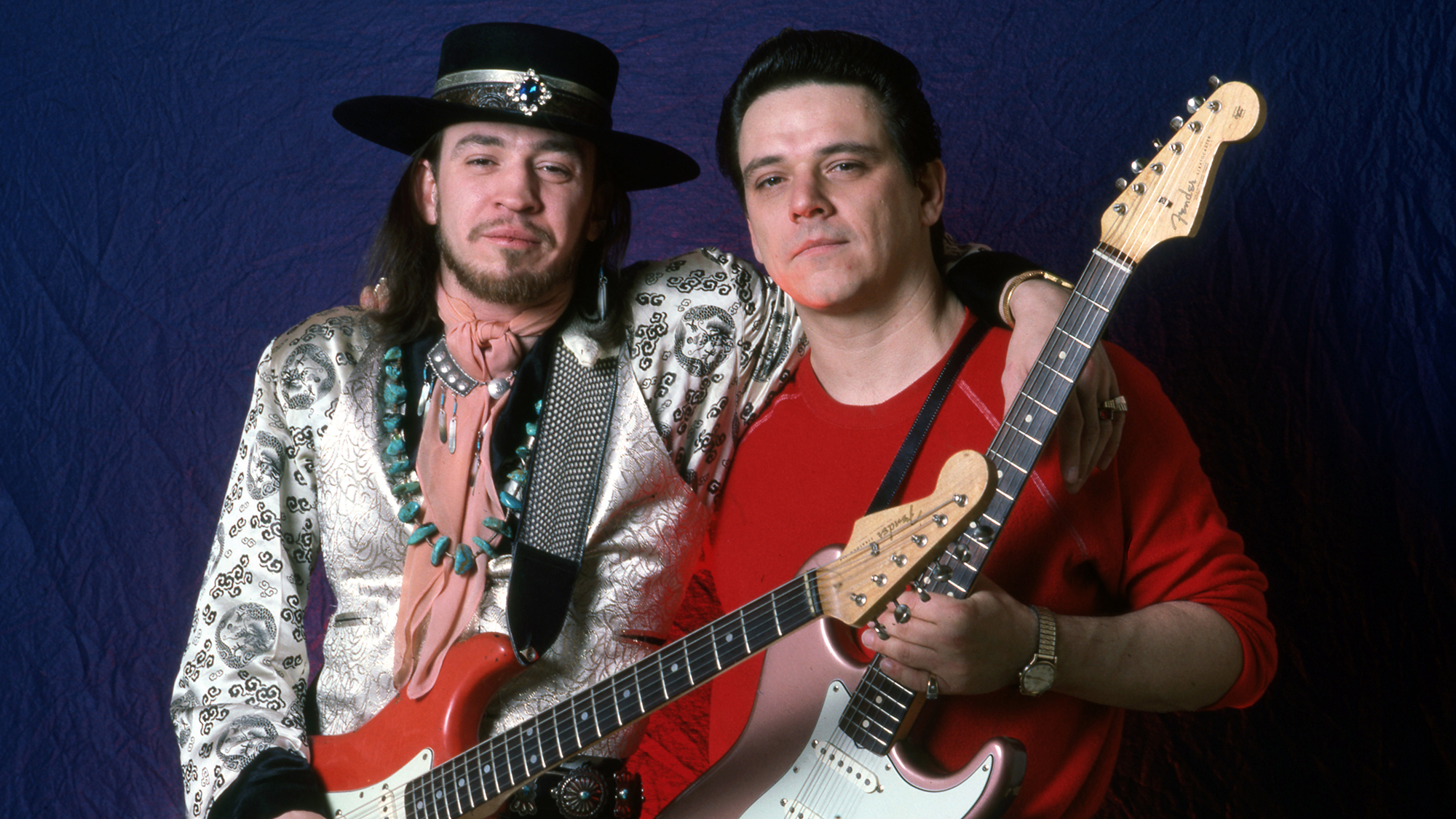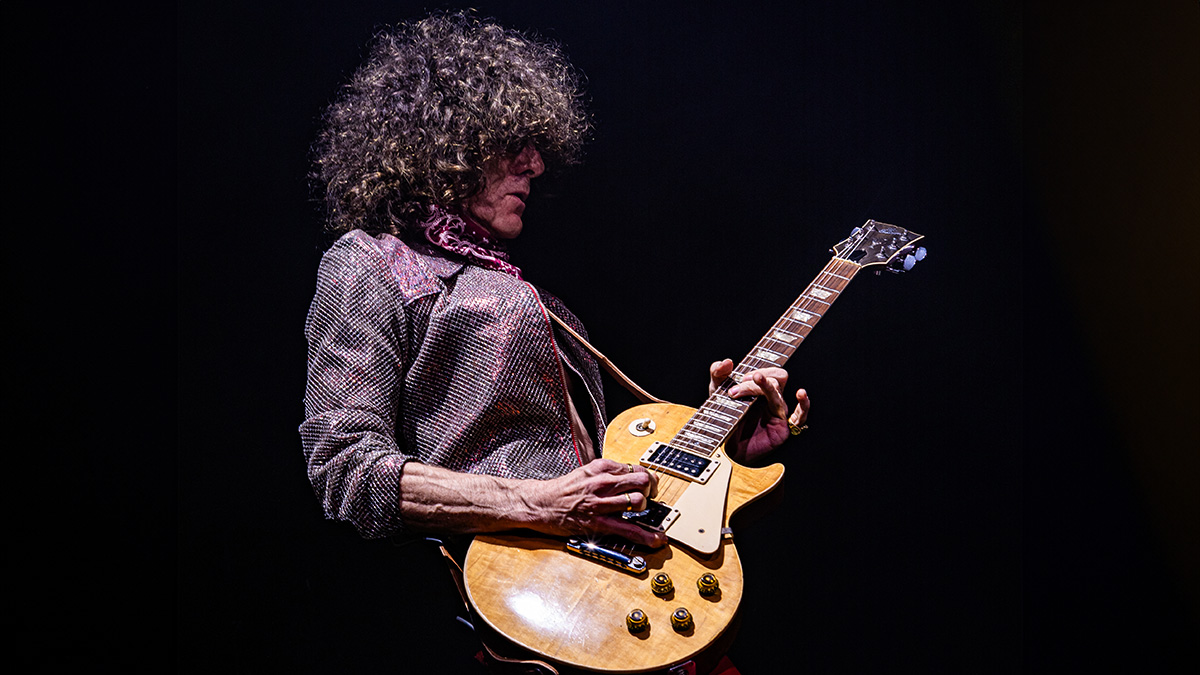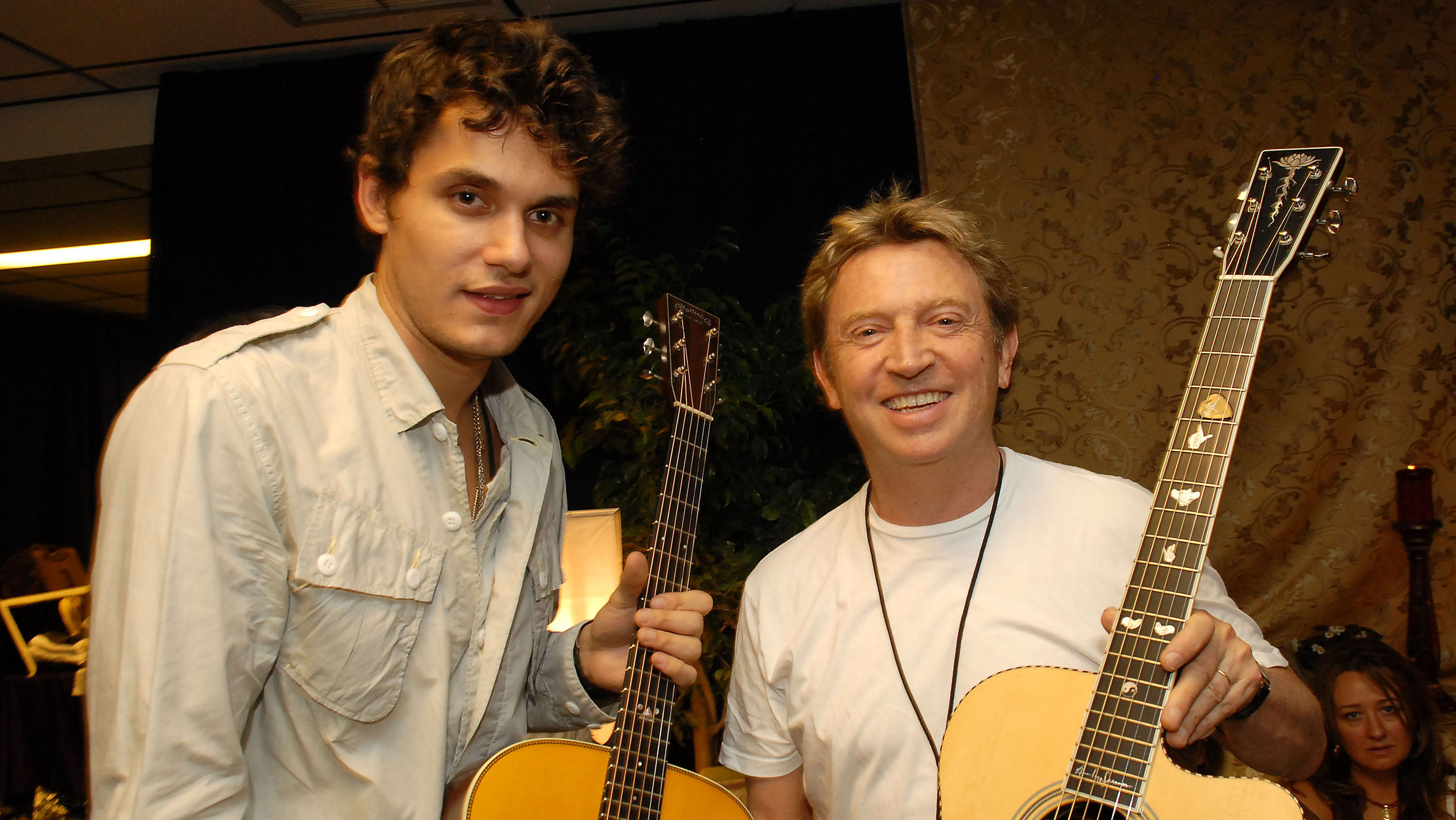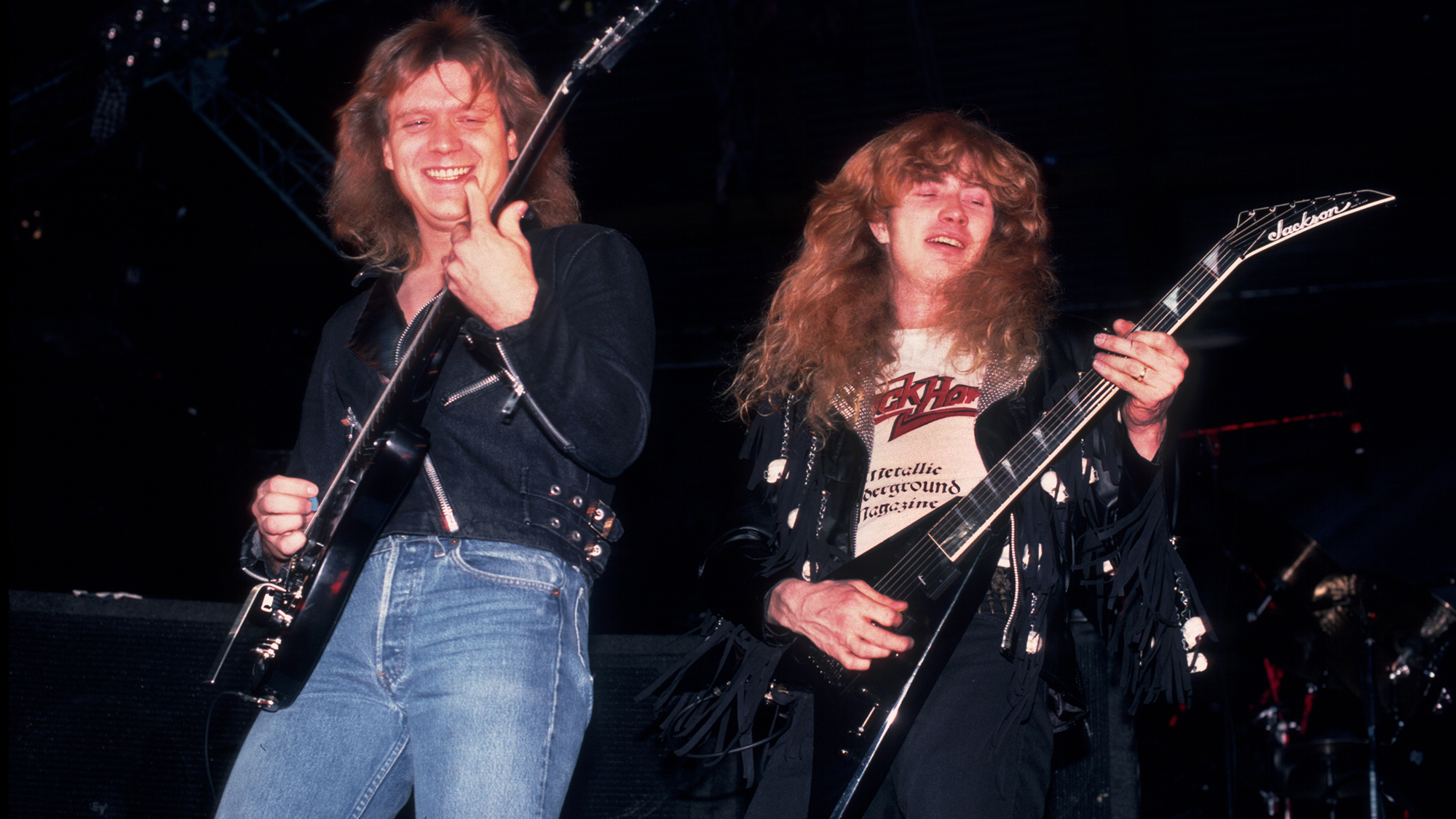The secrets behind Gary Moore's tone on Still Got the Blues
How the legendary guitarist got his powerful, high-gain tone on this career-reinventing track
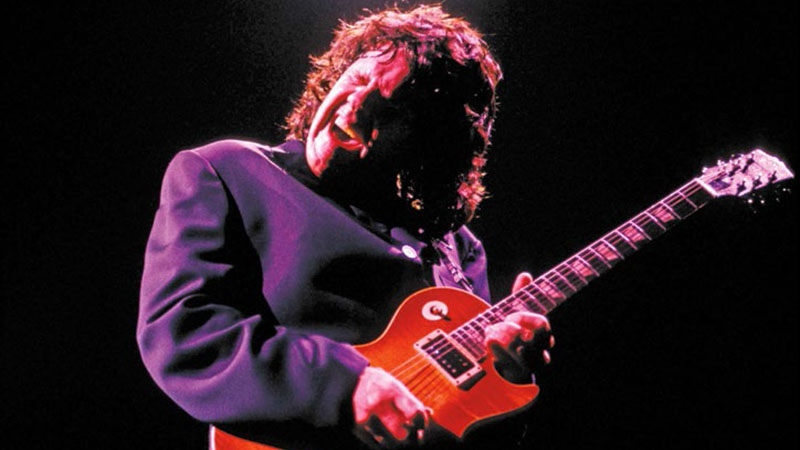
As the '80s drew near its close, Gary Moore had grown tired of playing hard rock/metal and decided to recharge his creative batteries by exploring the blues.
It was a bold but wise move, as the resulting album, Still Got the Blues, became his biggest commercial success and inspired him to spend most of the rest of his career playing the blues until he died at age 58 in 2011.
Moore’s biggest inspirations while making the album were the '60s blues-rock recordings by Eric Clapton with the Bluesbreakers and Peter Green with the Bluesbreakers and early Fleetwood Mac.
Like his British blues influences, Moore used a classic Fifties Gibson Les Paul Standard/Marshall JTM rig, but he opted for a more modern, high-gain tone to avoid completely alienating his faithful hard rock fans, particularly on the album’s title song.
While Moore plugged into various Marshall amps throughout his career, for this album he adopted a new rig consisting of a prototype of Marshall’s forthcoming reissue of the classic mid-'60s JTM45 head.
To achieve the high-gain overdrive and sustain he desired, Moore relied upon Marshall’s newly introduced The Guv’nor distortion pedal, which was the company’s stomp box interpretation of a JCM800 amp.
The JTM45 was dialed to a clean setting, and the Guv’nor pedal was the sole source of the tone’s distortion. By boosting the midrange with the pedal’s EQ as well as at the amp and playing mostly through the Les Paul’s neck pickup, Moore achieved a gloriously thick, singing tone reminiscent of Clapton’s Cream-era 'woman tone.'
Get The Pick Newsletter
All the latest guitar news, interviews, lessons, reviews, deals and more, direct to your inbox!
Moore contrasted the fat, sustaining tones of the main melodic line and solos with a very clean tone on the rhythm parts highlighted by a subtle chorus effect. Moore never divulged what he used for the chorus effect on this song, but during the Eighties his rig included various Boss and Ibanez chorus pedals as well as rack-mounted units like an Alesis MidiVerb II and Roland SDD-320 Dimension D.
Judging by the subtlety of the chorus effect, the lush stereo spread and no perceivable pitch modulation, it’s most likely that he used the Dimension D on the studio recording.
Get the sound, cheap!
● Epiphone Les Paul Standard PlusTop Pro
● Marshall Origin 20C
● MXR Super Badass Distortion
● Boss DC-2W Waza Craft Dimension C
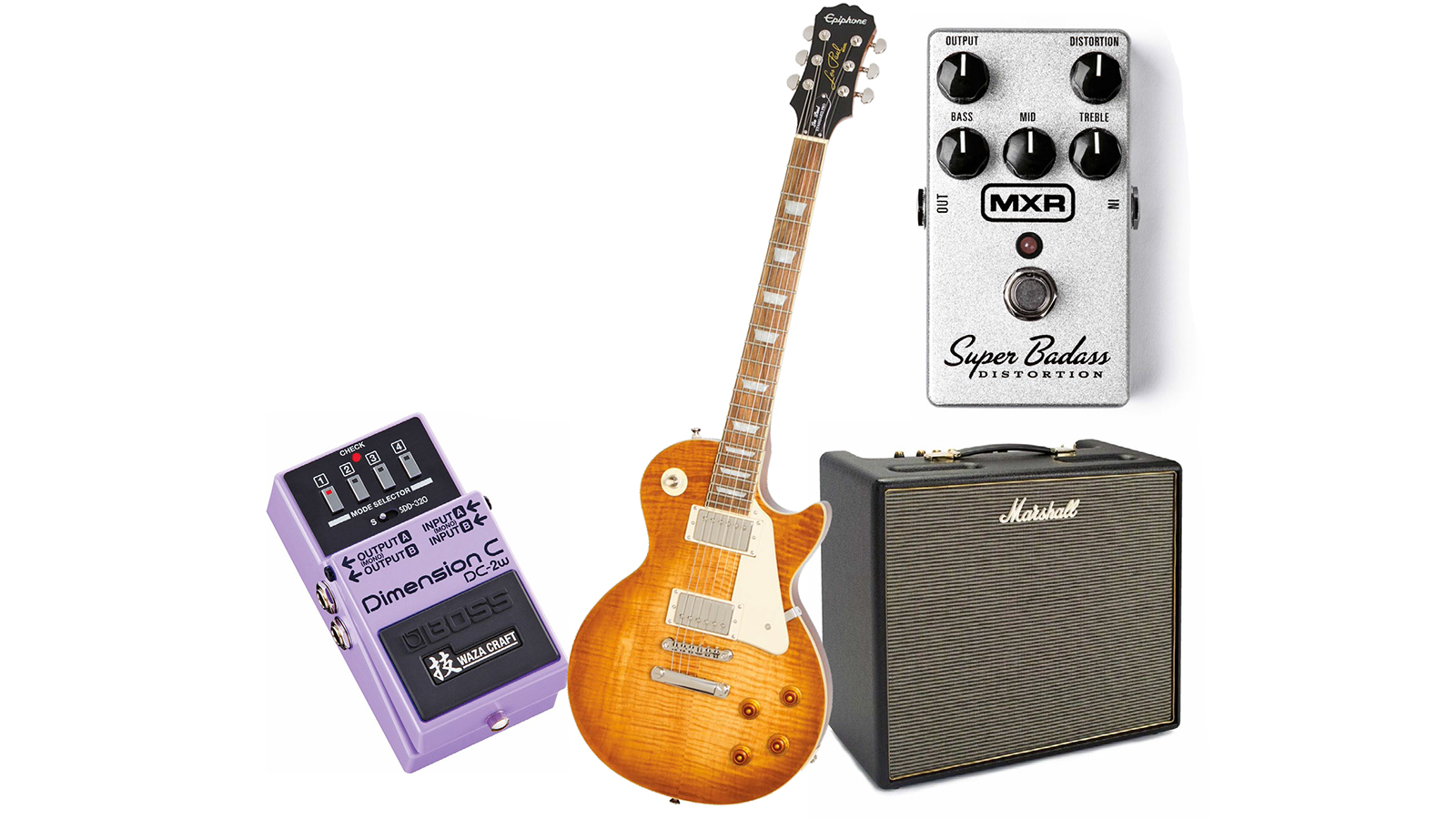
TONE TIP: Dial in a clean tone on the Marshall that sounds rich and full with the chorus effect. Engage the Super Badass as a 'distortion channel' for the main melodic line and solos with the midrange cranked up.
Original gear
GUITAR: 1959 Gibson Les Paul Standard (neck pickup for most of the song, except when he switches to the bridge pickup during part of the solos), Neck Volume: 10 during solos, 5 during rhythm part, Neck Tone: 6, Bridge Volume: 10, Bridge Tone: 10.
AMP: 1989 prototype Marshall Model 2245 JTM45 reissue head (Presence: 5, Bass: 3, Middle: 9, Treble: 7, High Treble Loudness: 6, High Treble Input 1) with Marshall 1960B 4x12 speaker cabinet with Electro-Voice EVM12L 12-inch speakers
EFFECTS: Marshall The Guv’nor distortion (Gain: 7, Bass: 7, Middle: 10, Treble: 8.5, Level: 6), Roland SDD-320 Dimension D (Dimension Mode: 4)
STRINGS/TUNING: Dean Markley .010-.052/Standard
PICK: Gibson Extra Heavy
Chris is the co-author of Eruption - Conversations with Eddie Van Halen. He is a 40-year music industry veteran who started at Boardwalk Entertainment (Joan Jett, Night Ranger) and Roland US before becoming a guitar journalist in 1991. He has interviewed more than 600 artists, written more than 1,400 product reviews and contributed to Jeff Beck’s Beck 01: Hot Rods and Rock & Roll and Eric Clapton’s Six String Stories.
“I just learned them from the records. I don’t read tabs or anything, I don’t read music – I learned by ear”: How a teenage Muireann Bradley put a cover of Blind Blake’s Police Dog Blues on YouTube and became a standard bearer for country blues
“The Strat was about as ‘out’ as you could get. If you didn’t have a Floyd Rose, it was like, ‘what are you doing?’”: In the eye of the Superstrat hurricane, Yngwie Malmsteen stayed true to the original



